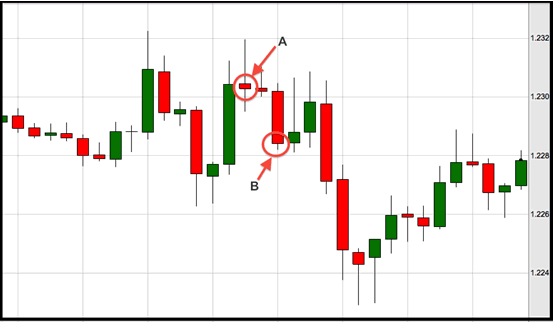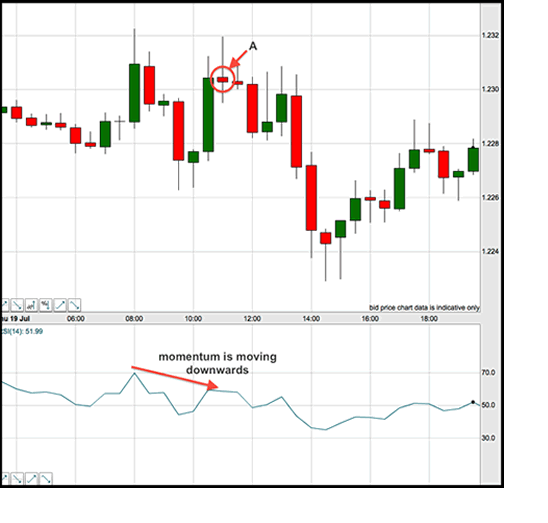 I’m not a fishing man, but I’m told that when you feel the fish biting, you don’t want to rush into pulling the hook. You need to let them really take the bait.
I’m not a fishing man, but I’m told that when you feel the fish biting, you don’t want to rush into pulling the hook. You need to let them really take the bait.
Despite never having tried to catch a fish in my life, I reckon that I’ve a really good idea of what it feels like to pull your empty hook out of the water, knowing full well that you got your timing wrong – and missed your prize.
For a trader, judging the right moment to enter a trade is crucial.
Act too soon, and you don’t really have a valid signal.
Act too late, and the market move has already happened without you.
We might be talking about just a few pips here and there, but the truth is that it’s these small differences that are all-important in trading.
Despite stories you’ll read about traders claiming to be doubling their money week in, week out, in reality, most traders are working on tight margins.
Which means that just a few lost on each trade can make a big difference to their profitability.
And if we want to be profitable, we have to think of trading as a business – and that means focusing on those profit margins.
Because for each pip you wait, the narrower the gap to your profit target gets – and the wider the gap to your stop loss gets.
Which is why I want to take a look at how we can enter our trades sooner to reap the maximum benefit from price moves.
Candlestick confirmation
Many trading strategies will look for confirmation of a move by waiting for the market to head off in that direction.
Say, you’ve got a signal to sell at “A” – then you’ll wait until a candlestick has closed below the level of your signal candle – therefore the market has moved to “B” before you hit the SELL button.

That’s all well and good – you’ve probably still got a winning trade.
But, if you’re anything like me, you’ll be looking longingly at the distance between A and B, and wishing you’d added that to your profits.
Plus, let’s say that we’ve sensibly positioned our stop loss above the recent high – if we’re getting in at B instead of A – we’ve got a lot more to lose on this trade.
The problem with waiting
To see if we really need to wait for B, let’s consider why we’re waiting – is it because we’re being wise, or fearful?
Most sane human beings have a healthy fear of being wrong. Fear of being wrong creates a hesitancy that causes many of us to miss a good entry, or to miss a move entirely.
Identifying a good set-up is nothing without knowing how to enter that trade at the right time. If we wait until we see what it is we’re looking for before making the decision to pull the trigger – we’re not going to make money.
If we wait for a couple of candles to move in the right direction, then we’re automatically reducing our profit with each passing candlestick – and, what’s more, we’re increasing our risk, too.
What we want is a way to get immediate confirmation – without waiting.
And that’s exactly what we’re going to get – by adding a momentum oscillator.
The relative strength index (RSI) measures the speed and change of price movements. It oscillates between 0 and 100. Traditionally, a reading below 30 meant that the market was oversold, and above 70 meant it was overbought.
But that’s not the way I’m going to use it here.
Instead, I’m looking at the direction of our RSI line to give me information about which way market sentiment is moving.
Let’s take another look at that example above, this time with the RSI indicator added in …

We can see lower highs on the RSI indicator, which suggests that the market is running out of steam.
Judging the direction of momentum can take a little practice, but it is well worth working on. The momentum indicator can give us subtle signs that the market is building up to a move, before any big candlesticks have started forming in that direction.
Assessing success
I strongly recommend that you test out different entry techniques for any trading strategy that you use.
Getting a good entry is not just about improving your win ratio. If you’re in earlier, you’ll have a lower risk on your trade and a bigger reward. This may be sufficient to swallow up the effects of a few extra losses that your earlier entries are causing.
Generally speaking, a fast entry has a lower success rate, and a lower risk. It’s a balancing act between caution and conviction.
